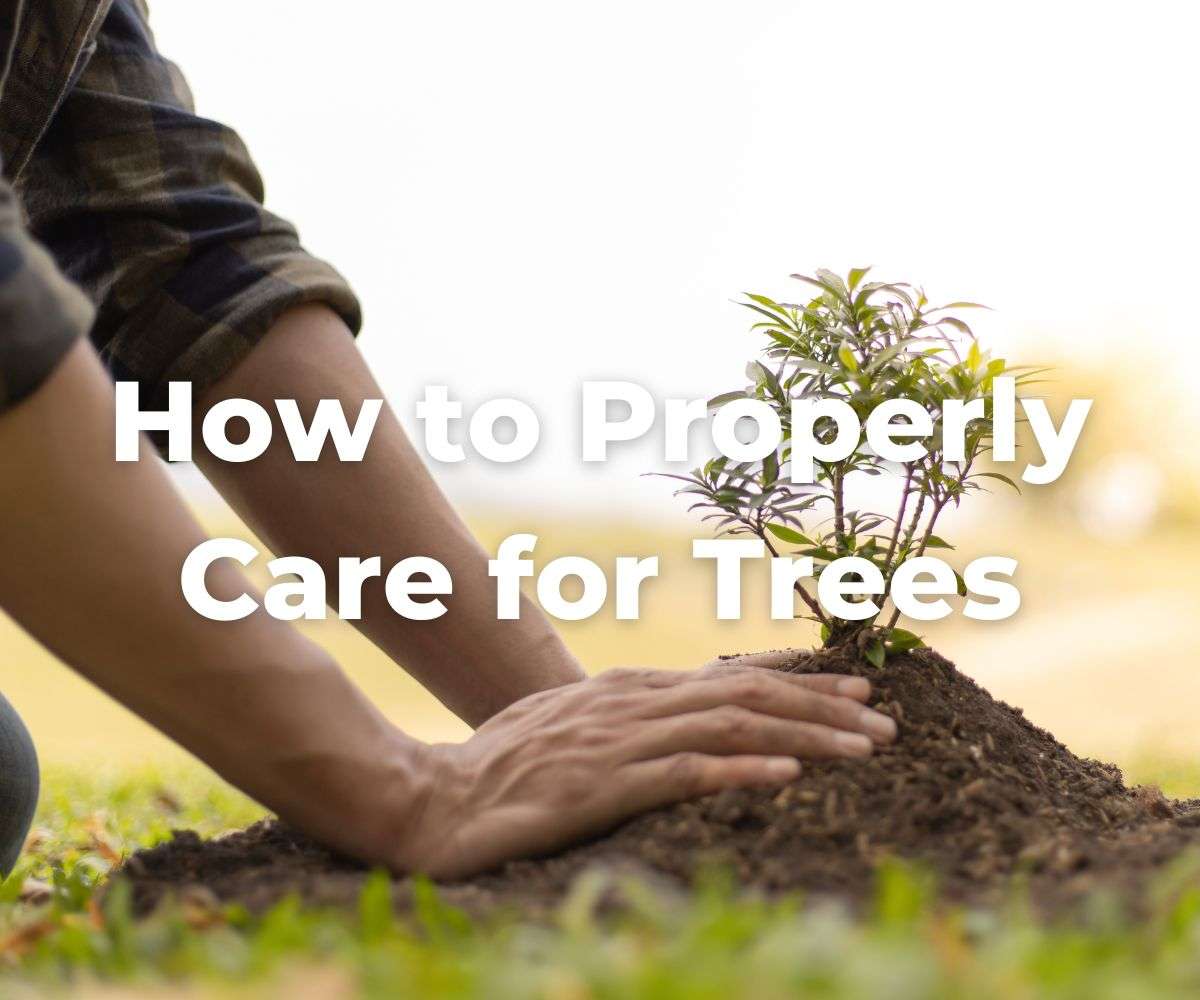how to properly care for trees
Description
How to Properly Care for Your Trees: Expert Tips for Beginners
Healthy trees enhance your yard and the environment, but proper care is essential to keep them thriving. This guide offers easy-to-follow tips on planting, pruning, watering, and fertilizing to help your trees stay strong and beautiful for years to come.
Why Is Tree Care Important?
Taking care of your trees is not just about keeping them healthy; it’s about ensuring they remain a long-term asset to your property. Poorly maintained trees can become safety hazards, develop illnesses, or even die prematurely. On the other hand, well-cared-for trees offer numerous benefits, including:
- Environmental Impact: Trees absorb pollutants, provide oxygen, and create habitats for wildlife.
- Visual Appeal: Lush, healthy trees add natural beauty and curb appeal to any property.
- Increase in Property Value: Mature, well-maintained trees can boost property value by up to 20%.
Now that we understand why tree care is critical, let's dig into the basics!
The Foundations of Proper Tree Care
1. Know Your Tree Species
Caring for trees begins with understanding them. Different species have different needs, so research the types of trees in your yard. For example, a citrus tree requires different nutrients compared to an oak tree. Identify your trees and take note of their ideal growing conditions, such as sunlight, water, and soil type.
If you don’t know the species, consult a local nursery or use apps to help identify your trees.
2. Choose the Right Location
If you’re planting new trees, location is everything.
- Consider Sunlight: Some trees thrive in full sunlight, while others prefer shade.
- Check Soil Drainage: Ensure the soil drains well to prevent waterlogging, which can harm the roots.
- Leave Space to Grow: Remember to plant trees away from buildings, power lines, and other plants to allow sufficient room for their roots and branches to expand.
Planting in the wrong location can stunt growth or lead to costly removal later on.
3. Water Wisely
Watering is perhaps the most critical aspect of tree care. Too much or too little water can harm your trees. Follow these guidelines to strike the right balance:
- Young Trees: Water deeply once or twice a week during their first growing season.
- Established Trees: Water less frequently but deeply (about once a month unless there’s been rainfall).
- Early Morning or Late Evening: Water during these times to reduce evaporation.
Investing in a soaker hose or drip irrigation system can help you water trees efficiently!
4. Mulch for Moisture and Protection
Mulching your trees serves more than one purpose. It helps retain soil moisture, regulates temperature, and prevents weeds from growing. For additional tree care advice or pest control solutions, consider reaching out to a boxelder bug exterminator like those in Logan.
How to Mulch Properly:
- Apply a 2-4 inch layer of mulch around the base of the tree, creating a circle.
- Keep the mulch a few inches away from the trunk to prevent rot, pests, and fungal issues.
Mulching is a simple step that can make a big difference in your tree’s health.
Advanced Tree Care Tips
5. Pruning and Trimming
Pruning not only improves a tree’s appearance but also encourages healthy growth. Here's what to keep in mind:
- When to Prune: Late winter or early spring is the best time for pruning as trees are dormant.
- What to Remove: Focus on dead, diseased, or crossing branches. Also, remove suckers (tiny shoots near the base of the trunk).
- Use Sharp Tools: Blunt tools can tear the bark and cause lasting damage.
If a branch is too large to manage or close to power lines, consult a certified arborist for safe removal.
6. Fertilize with Care
Trees mostly get nutrients from the soil, so fertilizing isn’t always necessary. However, for nutrient-deficient soil, fertilizing can support tree growth.
- Start with a Soil Test: Test the soil in your area to determine nutrient deficiencies.
- Choose the Right Fertilizer: Select a slow-release fertilizer suited for your tree species.
- Apply Sparingly: Over-fertilizing can cause excessive growth, making the tree more vulnerable to damage.
Be cautious not to overdo it, as healthy trees often need little to no fertilization.
7. Watch for Pests and Diseases
Common pests like aphids and bark beetles, as well as diseases like powdery mildew, can wreak havoc on trees. Check your trees regularly for signs of infection or insect damage.
Warning Signs to Look Out For:
- Wilting or discolored leaves
- Holes in leaves or bark
- Moldy or powdery substances on leaves
For minor issues, use organic sprays. For severe infestations, consult a professional arborist to prevent further damage.
Building a Long-Term Tree Care Routine
Consistency is key to ensuring the longevity of your trees. Create a seasonal care checklist for your trees, covering tasks like pruning, mulching, and pest inspections. You may also want to keep a journal to track each tree’s growth and any care treatments provided.
BONUS TIP: Build Relationships with Local Experts
Get in touch with local nurseries, gardening groups, or an ISA-certified arborist. They can provide advice tailored to your area’s climate and soil conditions.
Conclusion
Now that you know the basics of proper tree care, it’s time to get out there and start caring for your trees! Remember, healthy trees not only add value to your property but also contribute to a sustainable and beautiful environment.





















